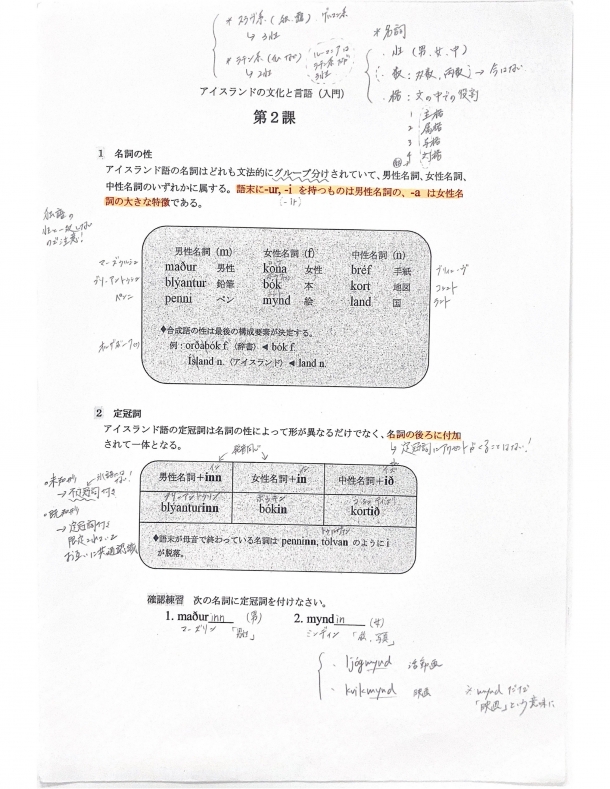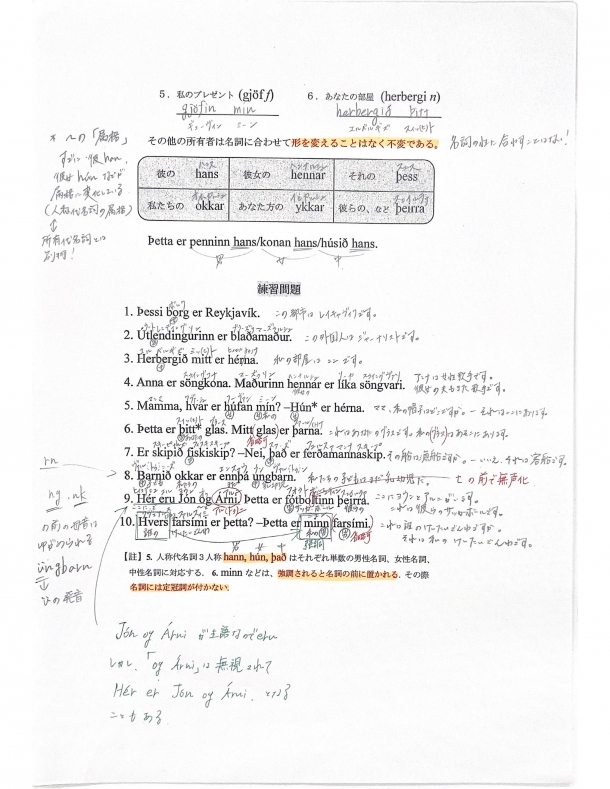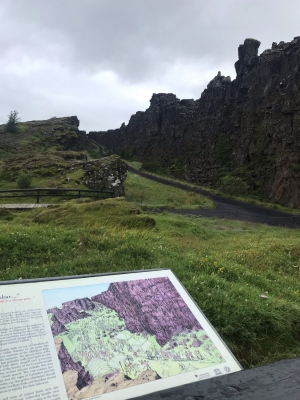The Culture and Language of Iceland [at Waseda’s Global Education Center (GEC)]
Exploring the charms of Iceland, a Nordic island country. A broadening world that starts with “minor” languages
Minami Nakai, 3rd year undergraduate in the School of Education
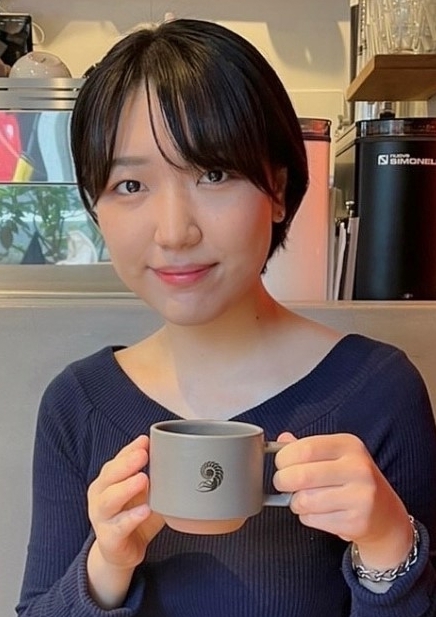 Iceland is a small island nation in the North Atlantic Ocean. I became interested in this country when I read a manga about its magnificent nature, Go with the Clouds, North by Northwest (by Aki Irie, Kadokawa). The unspoiled scenery of wild nature, such as volcanoes and glaciers, fantastic auroras floating in the sky, the midnight sun that never sets, and animals living sturdily in the great expanse of nature… The small island nation with a population of about 360,000 is full of many attractions, and the more you learn about it, the more you want to visit. This is a valuable course organized with the cooperation of the fascinating Republic of Iceland, and aims to understand Iceland’s values, history, and culture in Europe through introductory knowledge of the Icelandic language.
Iceland is a small island nation in the North Atlantic Ocean. I became interested in this country when I read a manga about its magnificent nature, Go with the Clouds, North by Northwest (by Aki Irie, Kadokawa). The unspoiled scenery of wild nature, such as volcanoes and glaciers, fantastic auroras floating in the sky, the midnight sun that never sets, and animals living sturdily in the great expanse of nature… The small island nation with a population of about 360,000 is full of many attractions, and the more you learn about it, the more you want to visit. This is a valuable course organized with the cooperation of the fascinating Republic of Iceland, and aims to understand Iceland’s values, history, and culture in Europe through introductory knowledge of the Icelandic language.
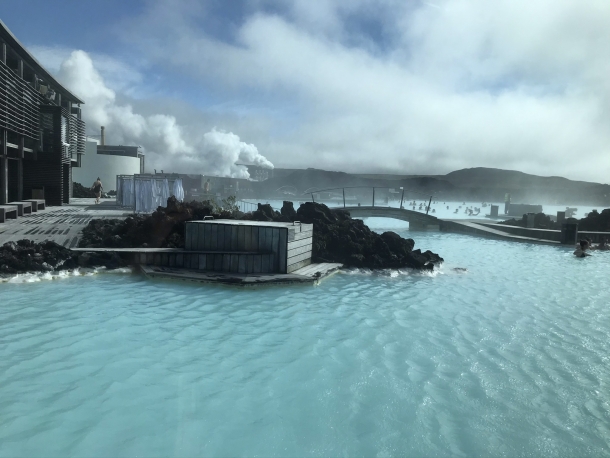
Iceland’s famous bath “Blue Lagoon” where you can feel the magnificent expanse of nature (Photo: Dr. Motoki and Ms. Maiko Fujimaki)
The course consists of language practice by Mr. Manabu Miyagi (part-time lecturer, Global Education Center and lectures by Professor Akira Morita (professor, Faculty of Commerce). In the language exercises, Mr. Miyagi uses original printouts created based on his experience teaching Icelandic. Icelandic words are difficult to pronounce, but the teacher carefully pronounces each word, so sounds that are not initially familiar gradually become charming to me. There are many words that are similar to English and German, and you can learn stories about the roots of words and how they spread in the course, so I feel that it would be even more enjoyable to take this course after we had learned other European languages.
Part of Mr. Miyagi’s original text
Left: Commentary on noun gender and articles. I also tried to write down the teacher’s pronunciation of the words discussed.
Right: Exercises. Each question was explained in detail by Mr.Miyagi, so my understanding increased.
Mr. Miyagi’s language exercises make up a large part of the teaching, but Prof. Morita’s lectures can teach you a wide range of aspects of Icelandic culture and history while looking at photos and videos. The following sentence is from the Danish English-language scholar Otto Jespersen, who was introduced in Prof. Morita’s class.
An Englishman cannot thrive or be ill or die without Scandinavian words.
(Growth and Structure of the English Language, by Otto Jespersen, 1938, p.74)
“Thrive,” “ill,” and “die” are all words brought to the English language by the Vikings, a Nordic people who were armed and active in Europe from the end of the 8th century. This sentence clearly shows the influence of the Norse language on English. The more we learn about these facts, the more we cannot help but be surprised at the importance of Icelandic’s historical importance relative to its low number of speakers.
When I tell people that I am studying Icelandic, they often ask me why I chose such a “minor” language. Certainly, opportunities to use it are much fewer than for English or Chinese, and it is definitely a minor language. However, if you immerse yourself in Icelandic culture and history, you will be overwhelmed by the large presence of this small island nation. Why don’t you take this class and find the charms of Iceland, a small country in the North Atlantic?
Classes that become a “window” to a world you don’t know
Haruna Miyazaki, 3rd year undergraduate in the School of Humanities and Social Sciences
 Is there anything you feel excited to study about? Even if it’s not studying, have you ever been excited to learn new facts, such as that “okra” is the same word in both Japanese and English? I get excited when I find a hidden passage in a game, and I feel fascinated when I hear something was discovered in the deep sea or in space, but at the end of the day, I think it comes down to my expectations about the “world” and the “unknown.” If anyone reading this article has the same curiosity as I do, I hope you will take this class.
Is there anything you feel excited to study about? Even if it’s not studying, have you ever been excited to learn new facts, such as that “okra” is the same word in both Japanese and English? I get excited when I find a hidden passage in a game, and I feel fascinated when I hear something was discovered in the deep sea or in space, but at the end of the day, I think it comes down to my expectations about the “world” and the “unknown.” If anyone reading this article has the same curiosity as I do, I hope you will take this class.
What you obtain in this class is not just an understanding of Viking or Icelandic words. Take the Viking assemblies as an example. In ancient times, the people in Iceland regularly held assemblies, which were like the Diet in today’s Japan. However, of course, in those times, there were no microphones, speakers, or rooms with good acoustics. They used Iceland’s topography to give speeches and discuss issues. By speaking at the center of valley-like terrain with long rocky surfaces, which was known as “Þingvellir” (assembly fields), one’s voice reverberated far away. Wouldn’t you like to go to that rocky area, and call out and listen to the echoes?
Left: Photo from Þingvellir, the assembly fields. The area is now a national park, with the scenery from the old days well preserved.
Right: Part of the signboard installed at Þingvellir. A person giving a speech is depicted near the rock wall at the top of the picture.
(Photo: Dr. Motoki and Ms. Maiko Fujimaki)
In this class, through episodes like this, you will develop an interest in places and areas that you didn’t even know existed.
At Waseda, where the doors to various fields and the world are open, there are many classes that serve as “windows” that lead to yet unknown worlds. If you want to embark on a Viking-like adventure across the world, this class is the perfect place to start.
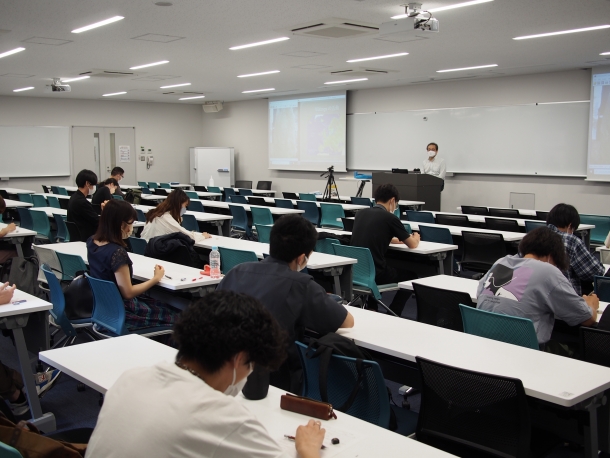
A written test held at the end of the spring semester in AY2022.
*This article is a translation from the Japanese edition of Waseda Weekly published on December 8, 2022. The content is current at the time of Japanese publication.

